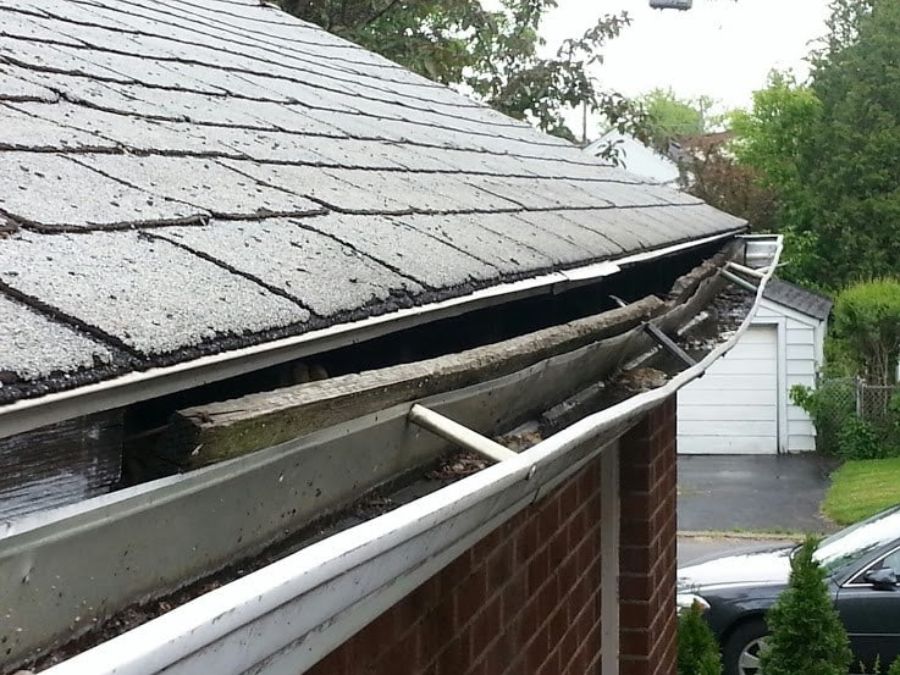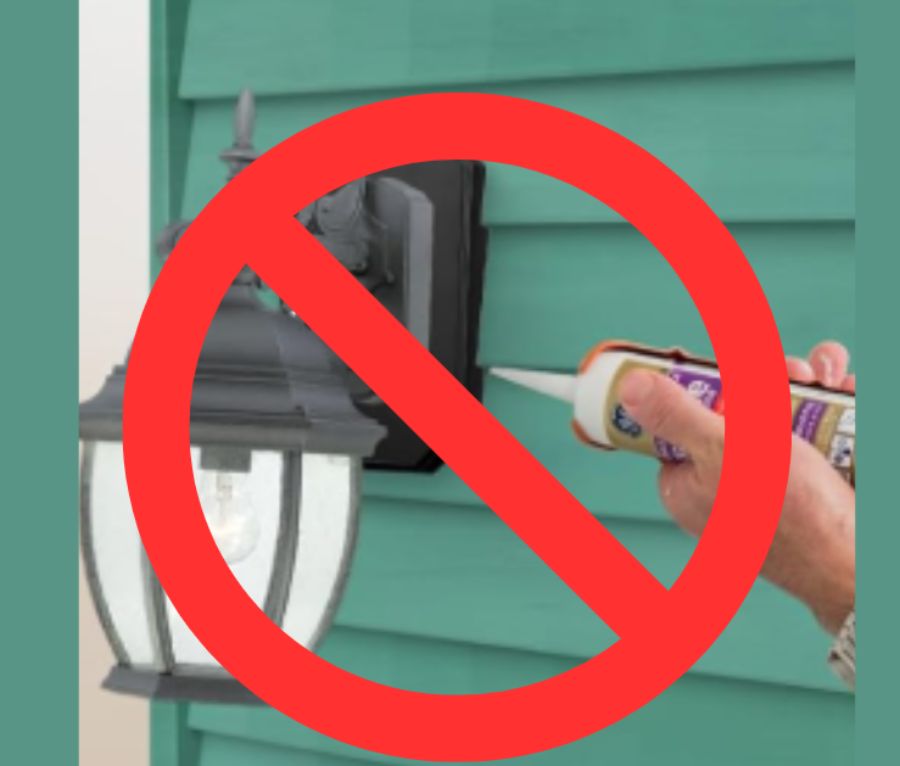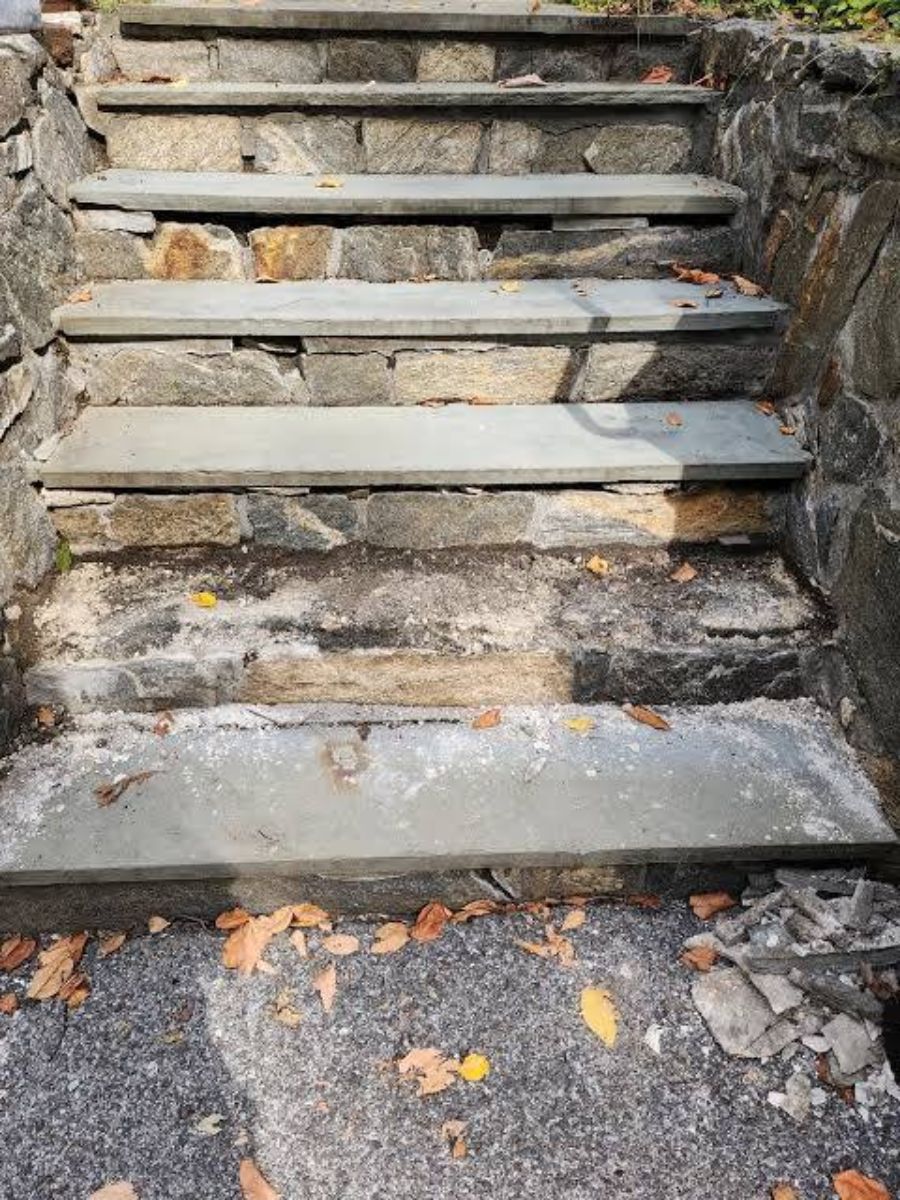In the 1980s & 1990s there was a certain type of window (whose manufacturers shall remain nameless) that was being installed in many homes which had a peculiar feature associated with it.
While the window overall was of sound quality (often with cladding on the exterior and wooden interiors), there was a part of these windows that has just never made sense to me.
If you were to look at the exterior-facing sill of these windows, they were clad as the rest of the exterior-facing portion of the window was, but for some reason, the “nubs” on the left & right side of the exterior sill were left unclad, with a thin factory sealer on the resulting exposed wood, and overall left exposed to the elements in the process.
Why did this occur?
During the 1980s and 1990s, many homes were built with these windows that were considered a step up in both design and performance.
The windows often had a combination of durable exterior cladding, usually aluminum or vinyl, along with attractive wood interiors which gave a warm and natural look inside the home.
In general, these windows were sturdy and reliable.

However, this one puzzling detail of the “nubs” has confused homeowners for decades.
The exterior cladding was intended to protect the main parts of the window that faced the weather most directly — the outer sill surface, the sides, and the head.
But the sill ends were small, awkward areas where the cladding would have had to be carefully bent and fitted. Adding protection there would have made the process more complicated, costlier, and slower for manufacturers who were producing large volumes of windows.
By leaving those tiny areas as bare wood with only a thin sealer, companies believed they could balance efficiency with durability.
At the time, the thinking was that the small size of the exposed wood would not cause major problems, especially if homeowners performed regular maintenance such as repainting or sealing (…good luck with people being knowledgeable of and remembering to do that!).

This seemed like a reasonable trade-off to the manufacturers on paper, but in reality, the sill ends often turned into weak points.
Because they sat at the lowest part of the window, they were regularly exposed to rainwater, snow, and sunlight. Over time, even the best factory sealers wore down, led to swelling, peeling paint, and sometimes rot.
In hindsight, the unclad sill ends were more of a shortcut than a truly durable design choice.
I look at it (as I shake my head every time I see these poor nubs) as a design flaw that may have saved time and money in manufacturing but created long-term headaches for homeowners.
It’s one of those small details that seemed minor during production but became a lasting frustration once the windows were installed and exposed to years of weather.
One of the biggest mistakes was the assumption that homeowners would automatically include the maintenance of these “nubs” as part of their process when maintaining or painting the home.

As I have met with, literally, thousands of homeowners over the years, conservatively, 99%+ of them have no idea that this should be one of their chores.
And why would they?
After all, if a homeowner knows that they have some type of cladding on the exterior portion of their windows, normal thinking would lead one to believe that the windows are maintenance-free.
This is clearly untrue in this particular case however, and if left unaddressed can lead to some frustratingly irritating issues down the line – not the least of which is the sills of the windows gradually rotting out from their ends as the nubs repeatedly wick up moisture like sponges.
Assuming this issue is able to be recognized, the nubs should be CAREFULLY prepped, primed, and painted as a course of regular maintenance on your home.
As annoying as it is that this scenario exists in the first place, it will be even more annoying at some point if the sill itself rots to its core and will require an even more specialized skillset to properly repair/replace it from there.







